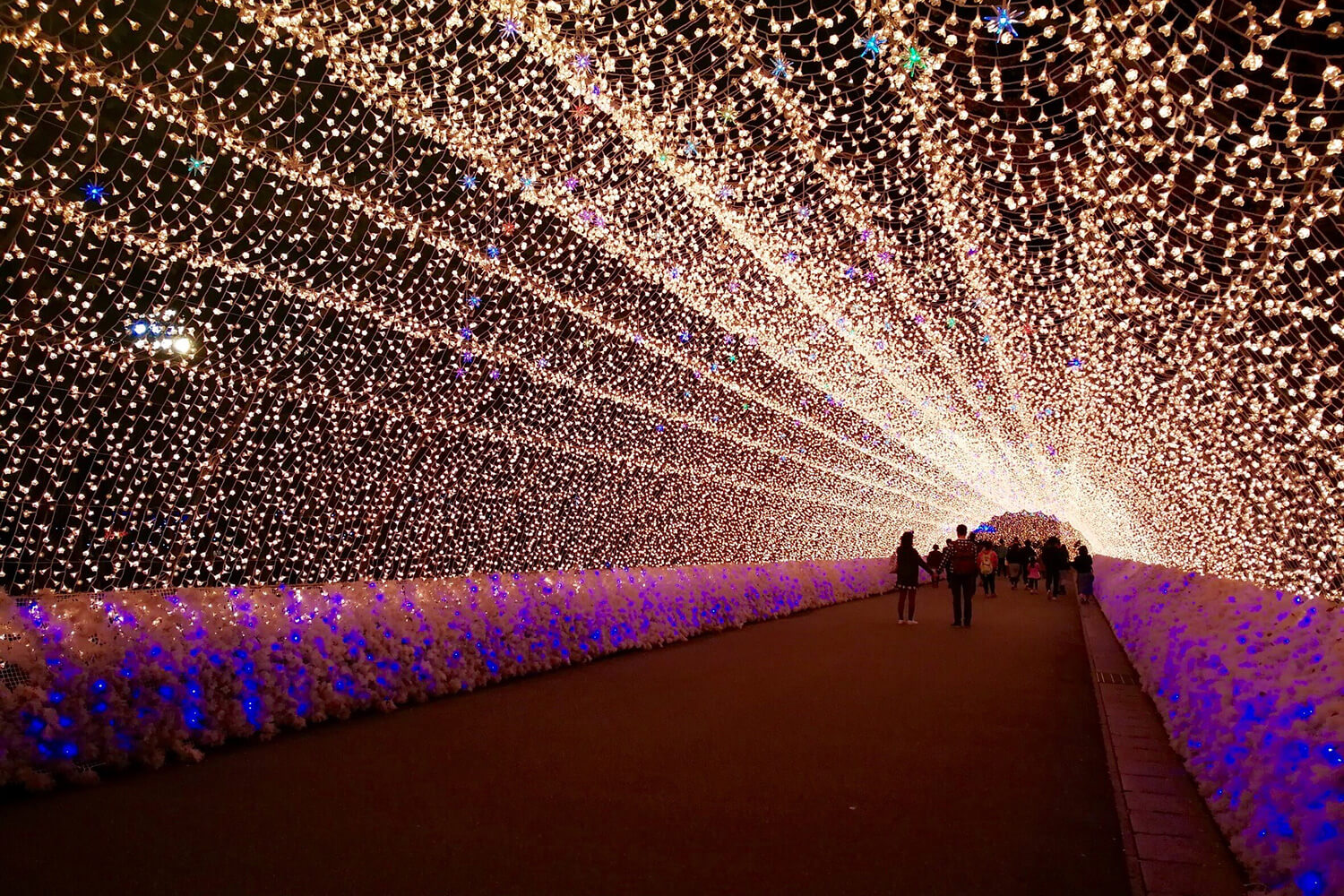
July 2020
Cherry blossom and Autumn leaves are very sought-after times to plan a trip to Japan, but Winter has a few perks that are worth considering. Here is to why I love Japan during the cold months.
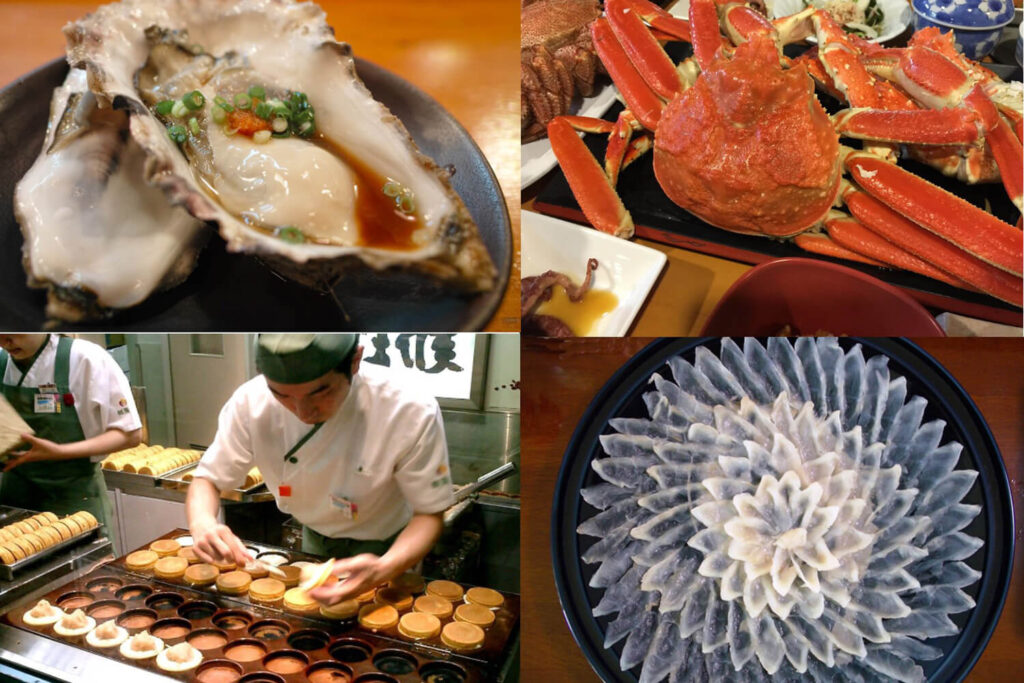
From left to right: fresh oysters, snow crab, traditional imagawayaki hot cake, fugu sashimi
Japan is the place to explore new foods. On the street, at midnight, anywhere and anytime.
Winter is the time for the likes of snow crab, oysters, fugu, kan buri (winter Amberjack), and all sorts of citruses to come in season.
Japan loves seasonal specials, so all cakes and treats come in their wintery flavours of sweet potato, purple potato, chestnut, pumpkin etc… so you can rediscover your favourite chocolate or cheesecake in new flavours!
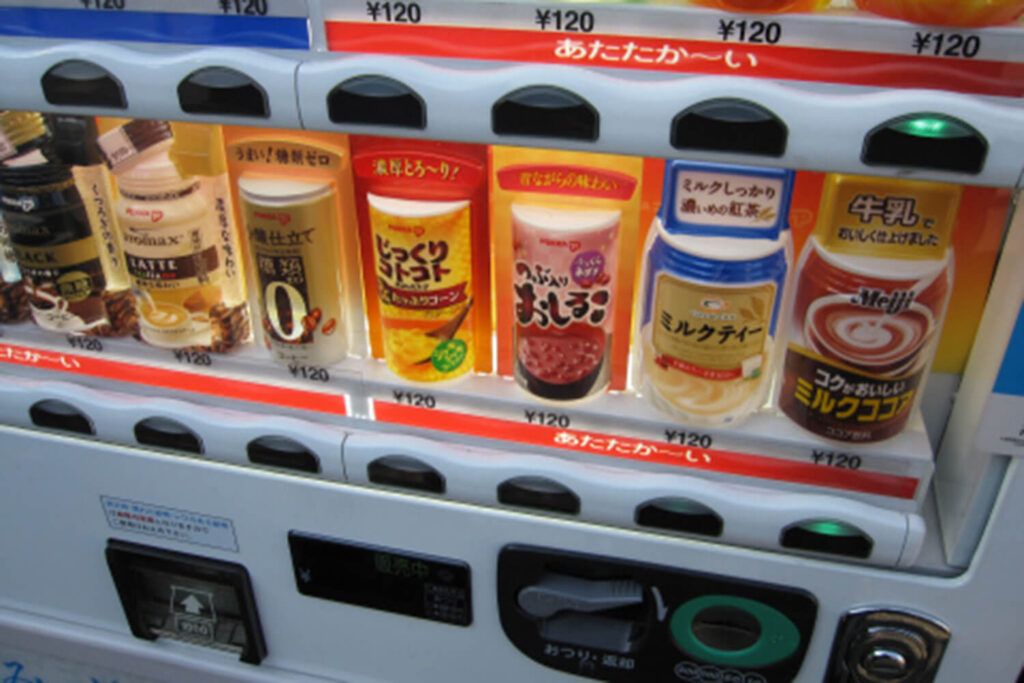
As you may know, vending machines are a common sight from busy streets to hidden mountain trails. In Winter, some drinks are offered warmly to keep you exploring. You may try hot corn soup, hot honey lemon, hot red bean sweet soup as well as coffee and tea, straight from the machine!
Sake also has a warm option, and you are also able to request your favourite plum wine or other liquors cut with hot water in lieu of soda water. Try something new with Amazake: a thick and sweet alcoholic drink made from fermented rice enjoyed over Winter.
From Sukiyaki (beef in strong sweet soy sauce) to Shabu Shabu (pork), from Motsu Nabe (offal) to Chanko nabe (rich nabe enjoyed by sumo wrestlers), ‘nabe’ (hot pot) is the start of the show. Each region has its own version and there is almost no limit to the ingredients. The soup base can be simple dashi broth, thick miso or soy seasoned soup, or even soy milk. They are all delicious and perfect to warm you up.
Oden is another type of stewed dish, consisting of various ingredients such as boiled eggs, daikon, konjac, processed fishcakes and tofu stewed in a light, soy-flavoured dashi broth. This is my favourite midnight snack, and it is available from most convenience stores. You can also find specialised restaurants, for a more refined option.
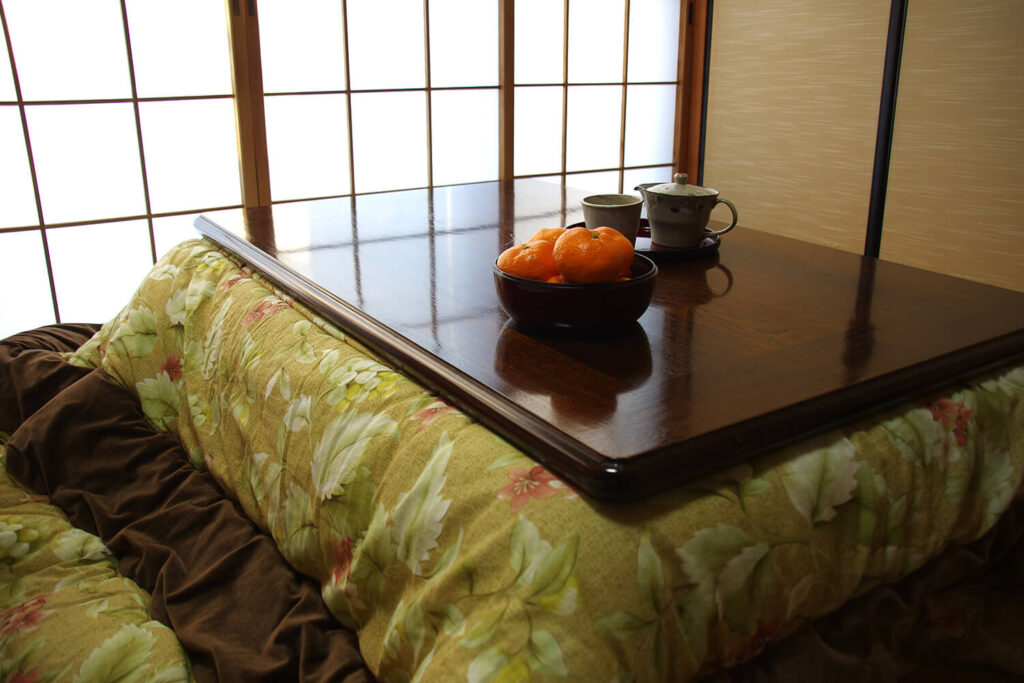
After a day of sightseeing or skiing, there is nothing better than to laze out in a hot spring in the middle of Winter. After your well-deserved soak, drawl under a kotatsu – a Japanese low table covered in a blanket, with a heater concealed underneath, and enjoy your evening!
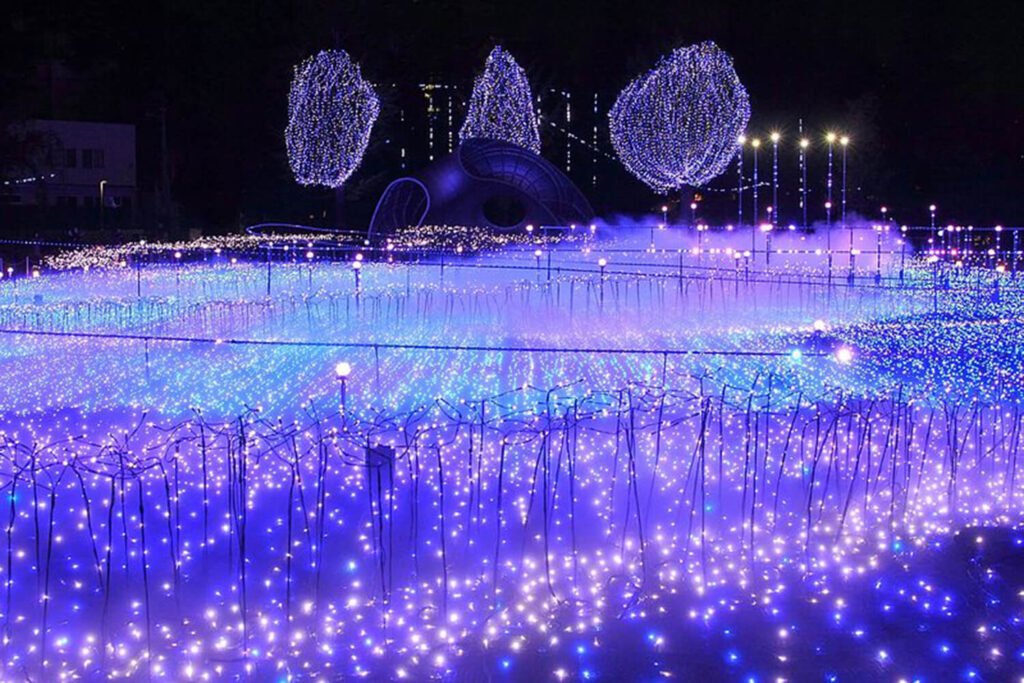
Inspired by Christmas lights traditions of the West, Japan has taken Winter illuminations to a whole new level, and many events are held to showcase breathtaking wonderland displays.
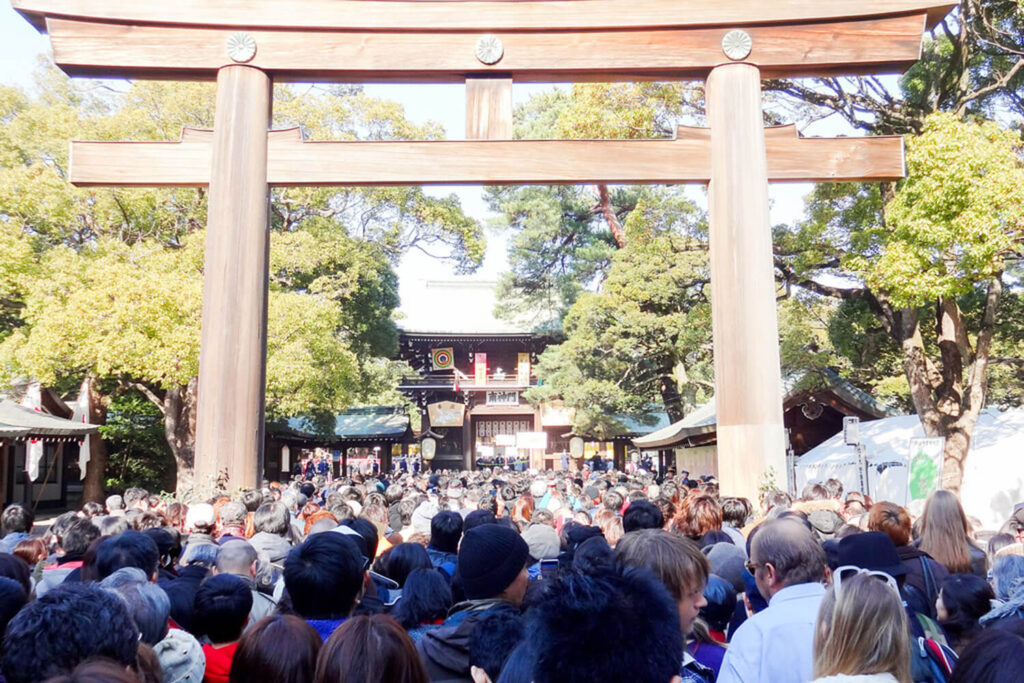
Japanese New Year takes place on the same day as the Western calendar. Families gather for this occasion, and often shops or businesses are closed through the first week of January. On the evening of December 31st, traditional dishes are prepared in tiered lacquer boxes. This is called Osechi ryôri.
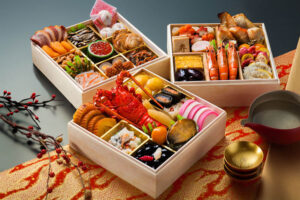
All ingredients and dishes have a meaning and are meant to bring luck, health and prosperity to the family in the new year. At midnight or on the first day of the year, crowds gather at their local shrine or temple for the first visit of the year: Hatsumode. The new year is a quieter family time, but more international areas of the main cities will also host parties, so you can pick your vibe.
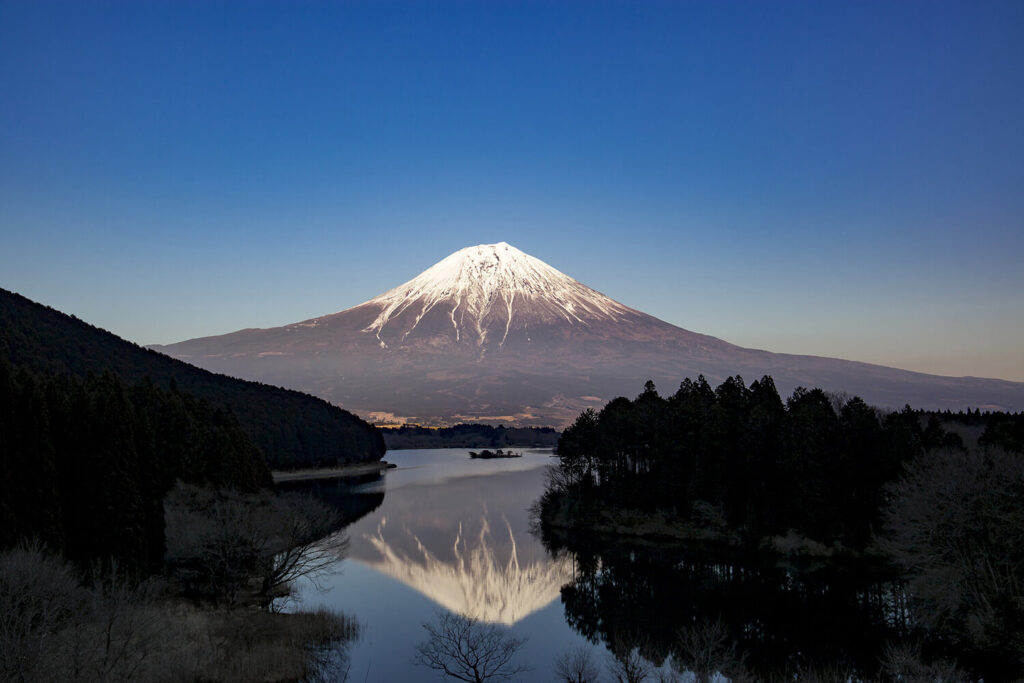
Tokyo Sumo tournament takes place in January every year, so this is a perfect occasion to experience a match first hand!
Mt Fuji is a bit of a diva, but the very dry climate of Japan during Winter makes it a perfect time to catch a clear view of the majestic volcano.
Japan offers a lot to do and see during the cold months, on top of having some of the best powder snow. If you still want to enjoy some flowers, early Cherry blossom in Okinawa start as early as January, and plum blossoms peak in February!
